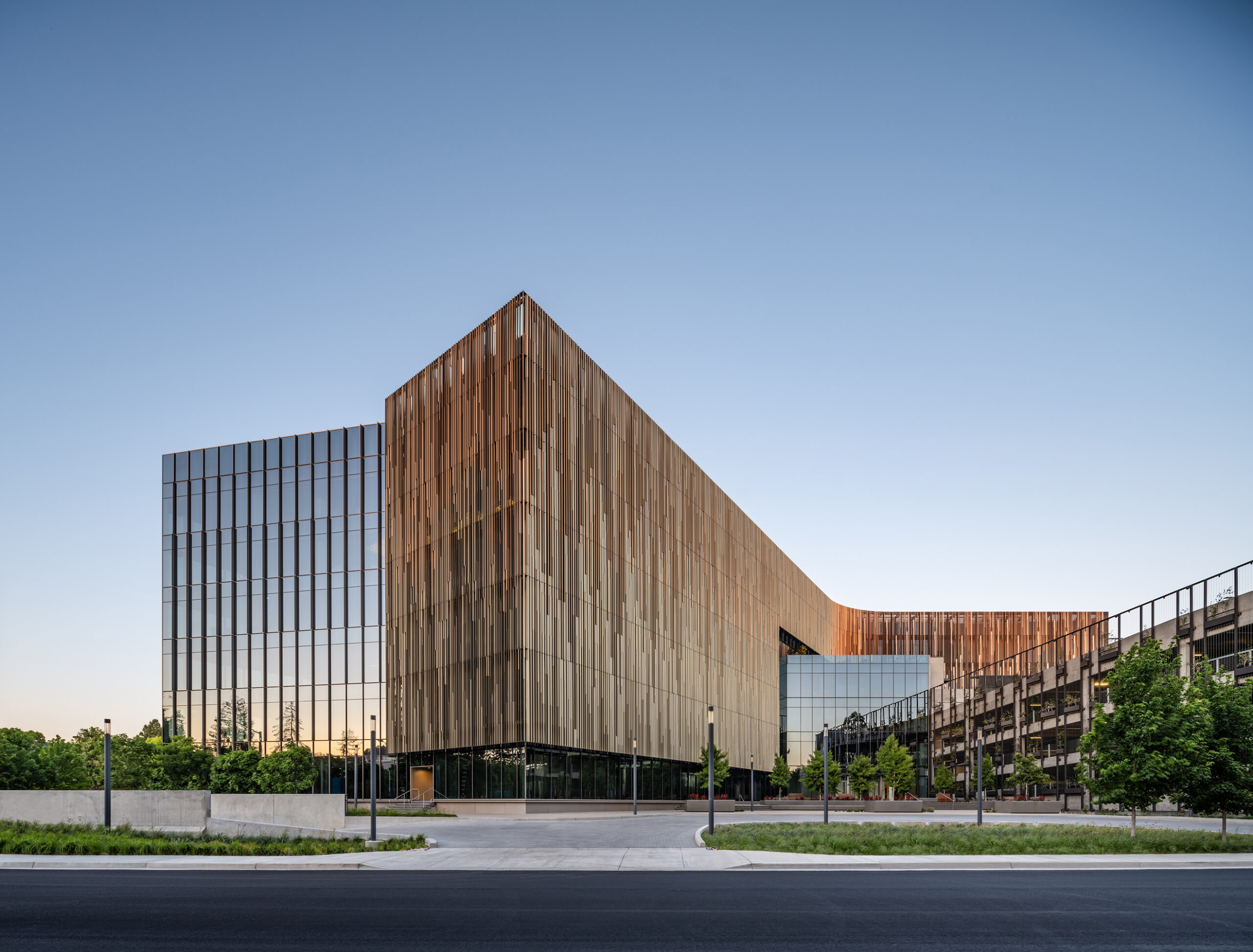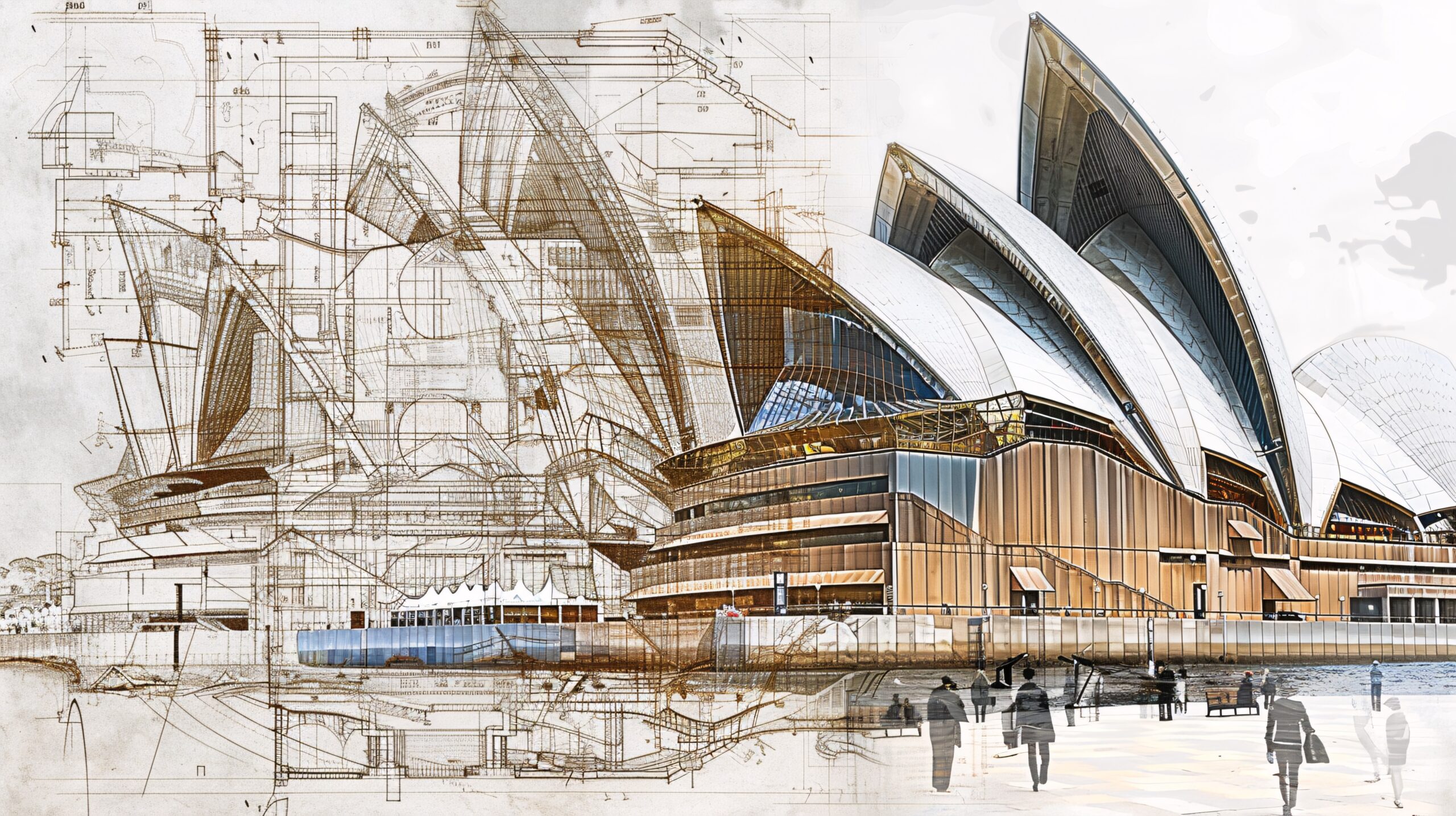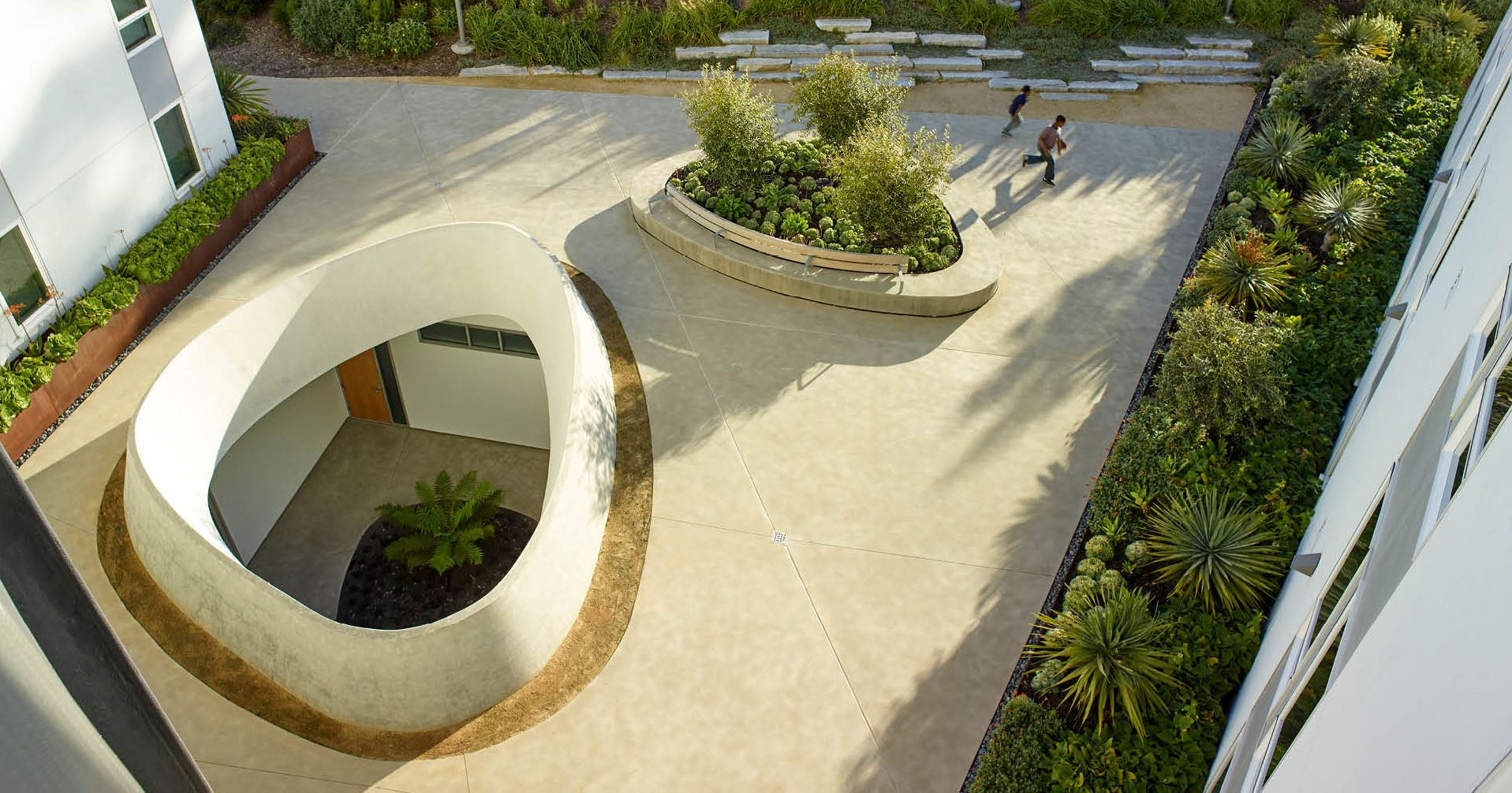For more ways to supercharge your workflow, check out more articles in our Tech for Architects series, which includes our recommendations of Top Laptops for Architects and Designers.
AI technology is becoming indispensable in the AEC industry. BIM use is increasing, particularly for improving project coordination, streamlining workflows and preventing costly mistakes. According to a 2014 report by Dodge Data & Analytics, from data from contractors, the global BIM market has been growing steadily, with construction companies as leading drivers. Parametric design tools further amplify these capabilities, allowing architects to explore complex forms and generate optimized design solutions within specific parameters.
Like BIM, AI use varies by company size and sector (design, engineering, and construction), with larger firms leading and smaller firms cautiously incorporating the technology into their practice. A recent report from Bluebeam highlights the significant investment in AI technology by AEC companies. However, this technology-driven approach also has unintended consequences, as indicated in the Bluebeam report, citing a lack of training and skills development among employees (32%), issues related to integration (27%) and technical difficulties (26%).
Breaking Down Barriers: The Benefits of Widespread Embrace of AI

Thirty75 Tech by Verse Design LA, Santa Clara, California | Photo by Tim Griffith Photography
AI tools fuel creativity and expand design possibilities across the AEC industry using generative design, where algorithms explore multiple design solutions based on specific parameters. In design and construction, this means pushing beyond conventional forms and building methods to create complex and innovative designs that might be otherwise challenging through traditional means. Not only does generative design boost creativity, but it also optimizes functionality and resource allocation, minimizes waste and prioritizes sustainability. Many AI-driven platforms help AEC companies choose the best option based on targets and constraints.
Additionally, AI cost prediction models are transforming financial planning and coordination across architectural design and construction, making budgets more accurate and adaptable to change. AI and BIM tools analyze data to deliver reliable cost estimates, helping firms maintain budget control and optimize workflow.
The Thirty75 Tech project in Santa Clara, California, by Verse Design LA, illustrates the transformative powers of AI tools in the AEC industry. This eye-catching office building showcases the capacity of generative design in creating a functional and visually dynamic public space in an urban setting. The building’s most notable feature, a louvered facade, was conceived using a parametric design process that enabled precise adjustments to meet shading and energy requirements. This data-driven approach allowed the design team to optimize material use and structural performance. By working closely with subcontractors, the project team turned a complex, responsive facade into a system that embodies performative and expressive qualities.

Asian Games 2022 Hybrid Stadium by Archi-Tectonics NYC. Hangzhou, China | Photo by SFAP Shanghai
BIM also facilitates the transition from digital design to construction. BIM modeling particularly benefits architectural projects with complex designs, tight budgets, or sustainability goals. Large-scale commercial developments, healthcare facilities, educational buildings, and affordable housing profit from BIM, streamlining design, reducing waste, and controlling costs. Infrastructure and civic projects also leverage BIM to coordinate complex systems and meet budgetary goals, while sustainable designs rely on it for efficient energy and material management.
To illustrate the impact of BIM on efficiency and resource savings, architect Winka Dubbeldam, founding partner at Archi-Tectonics NYC, shared her practice’s experience with the design of the Asian Games 2022 Hybrid Stadium in Hangzhou, China on LinkedIn: “Optimizing a 35,000 m², 6,500-seat hybrid in BIM was a real team effort. It did, however, save significant amounts of steel and 20% of construction time…”
Archi-Tectonics NYC’s project exemplifies the growing effectiveness of AI tools and BIM in enhancing project efficiency while creating visually impactful architectural works. AI-powered platforms like Autodesk Revit, Maket.ai, or Graphisoft Archicad contribute to the AEC industry’s ability to support project development by analyzing site data, environmental factors, and urban context and rapidly evaluating design options based on project parameters in the early design phase. In construction, tools like Navisworks, Procore, and Buildots drive project efficiency by streamlining coordination, detecting clashes and tracking real-time progress.
Creating Barriers: Cautions Against Heedless Adoption of AI
As the availability of generative design and BIM software is continuously increasing, offering the AEC industry a wide array of tools to facilitate design and management, the potential impacts of this technology on the workforce and traditional skills are under scrutiny. Here are the three main reasons:
High Implementation and Maintenance Costs
High investment and operational costs significantly hinder the implementation of AI and BIM tools within the AEC industry. Not only do these expenses encompass the acquisition of licenses, hardware, and software, but they also include the ongoing costs of maintenance, updates, and specialized expertise. As a result, small and medium-sized firms often have limited to no access to these technologies. Only larger firms with the financial resources to afford these expensive tools can fully leverage AI and BIM, gaining efficiency, cost reduction, and competitive positioning. By restricting advanced technologies like AI and BIM tools to firms with generous financial resources, the AEC industry risks reducing growth opportunities among smaller firms.
Job Losses and Skill Gaps
AI tools have a dual impact on the AEC industry. They streamline tasks, from design to construction, enabling architects to focus on broader project goals, thus improving efficiency and precision. Howver, this efficiency comes at a cost. The shift towards AI-driven processes may create skill gaps, as professionals lacking the technical knowledge to use these tools may be in an unfavorable position.
Over-Reliance on Technology and Loss of Human Creativity
The skill gap and job displacement situations lead to another question about the role of human insight in an increasingly automated design and construction process. Will AI enhance traditional architecture skills or risk replacing them? This tension between technological advancement and the preservation of human creativity is central to discussions about AI’s role in the future of architecture.
Striking the Right Balance: Using AI To Enhance, Not Replace, Architectural Skills

AI-generated building | Illustration by GrumpyBeere via Pixabay.
AI has the potential to significantly enhance traditional architectural skills, enabling architects to work with more data-driven insights, experiment with generative design, and optimize complex aspects of construction and resource management. As highlighted by the GHD Digital report, “Generative AI. Transforming the AEC Industry,” AI tools can drive efficiencies and support sustainable design goals by managing complexity and improving workflows. On the other hand, if not integrated thoughtfully, AI risks overshadowing the human touch in design. The GHD report also notes the challenges, ranging from technical hurdles to employment concerns.
The AEC industry faces the dilemma of whether AI technology fosters inclusivity and progress — breaking down barriers — or exacerbates access issues, dependence, and disparities — creating new ones.
To fully leverage AI’s potential, it is crucial to invest in continuous training for professionals and integrate AI education into architecture and engineering curricula. This dual approach would ensure that AI serves as an enhancement to human skills, rather than a replacement, fostering a balanced synergy between technology and human insight.
For more ways to supercharge your workflow, check out more articles in our Tech for Architects series, which includes our recommendations of Top Laptops for Architects and Designers.




